How do we create an environment where students want to come to school to learn? A place where students feel safe and secure and want to be participating members of a classroom? This is really the goal of every educator- we desparately want our students to have that intrinsic motivation to succeed. We want them to grow into adults who show compassion towards others, who are self-motivated, who can problem solve, who are happy, and strive to be lifelong learners.
Rewards and Punishments
We need to ask ourselves is if our beliefs about the nature of behavior and our classroom practices facilitate these goals or are they, in fact, harmful (okay, I know that’s a harsh word). The most common method of addressing behavior is with a system of rewards and punishments. It’s so common that a recent report noted that 98% of teachers routinely use either tangible rewards for desired behaviors and/or punishment for undesired behaviors. Clip charts, classroom dojo programs, color-coded cards systems, sticker charts are common in nearly all classrooms. But are these systems really effective?
Well, possibly in the short-term, but the research clearly indicates that a reward-punishment system “significantly and substantially undermines intrinsic motivation.” They are not effective for long-term behavior change. Yikes! If this is really true (it is) then what are the consequences of how we are now dealing with behavior and what should we be doing differently?
I wish I had the magic answer. I don’t. I am, however, reading the book Positive Discipline in the Classroom: Developing Mutual Respect, Cooperation and Responsibility in Your Classroom.
The ideas within this book are making me think a differently on how we are addressing behavioral issues and how we can help children develop those critical social-emotional skills that will serve them well into adulthood. I’d like to highlight the first two chapters of this book and then will certainly add more blog posts on this topic.
Sense of Belonging
Click the following link to download a pdf of this quote A Child Needs Encouragment Quote
We know that having a positive relationship with the student matters. It not only matters, it matters a lot. Students need to feel valued and they need to feel wanted. In other words, they need to feel as if they “belong”. In the book they used an iceberg analogy.
Click the following link to download this graphic The Iceberg Analogy
“When children believe they don’t belong, they “misbehave”- they choose a mistaken way to find belonging and significance.” It’s important that teachers and school personnel understand what lies underneath the visible behaviors and also address the student’s beliefs. When we only address the outward behaviors we are truly missing the boat. There will be little chance that we will impact long-term behaviors.
Creating a sense of “belonging” is particulary challenging when students come from a home where they are not experiencing….. It makes our charge of developing the sensne of belonging that much more important.
Asking versus Telling
So, working on building a relationship would be step one and there are lots of ways to do that, but there are other strategies that you can do right away to help foster those critical skills. One strategy presented in the book is the “asking versus telling” strategy. When a person is “told” to do something there is a physiological resistence in the body. The first impulse from the brain is to “resist”. “Asking” (respectfully asking), on the other hand, creates a sense of relaxation. When a student is asked, he/she feels more capable and usually decides to cooperate.
So what would be a “telling” or “asking”. One example from the book is “You know you should have your books and homework ready before you come to class.” Well, that would be a “telling”. Versus “What do you need to bring to be prepared for class?”- that would be the asking.
It Doesn’t Happen Overnight
One of the lures of a reward-punishment system is that you may see changes in behavior right away. It’s important to remember that both tangible rewards and punishments are ways of manipulating behavior and are not effective in the long term. We are not teaching skills rather than proposing a “compliance by seduction” type of method when we use rewards particularly.
It may seem rather mushy to propose that a big part of the solution is to create a sense of “belonging”. What seems so “mushy”, however, is such a critical component to creating a nurturing environment. Students need to feel as if they can make mistakes without the consequence of humiliation. We know that learning to read is a process- it takes years. We know that learning to be proficient at any academic skill takes time. Why would we expect that students would come to school with these skills already intact? They need to be taught and practiced over time.
Click the following link to download this quote: Educator’s Most Important Task

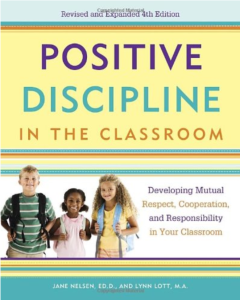
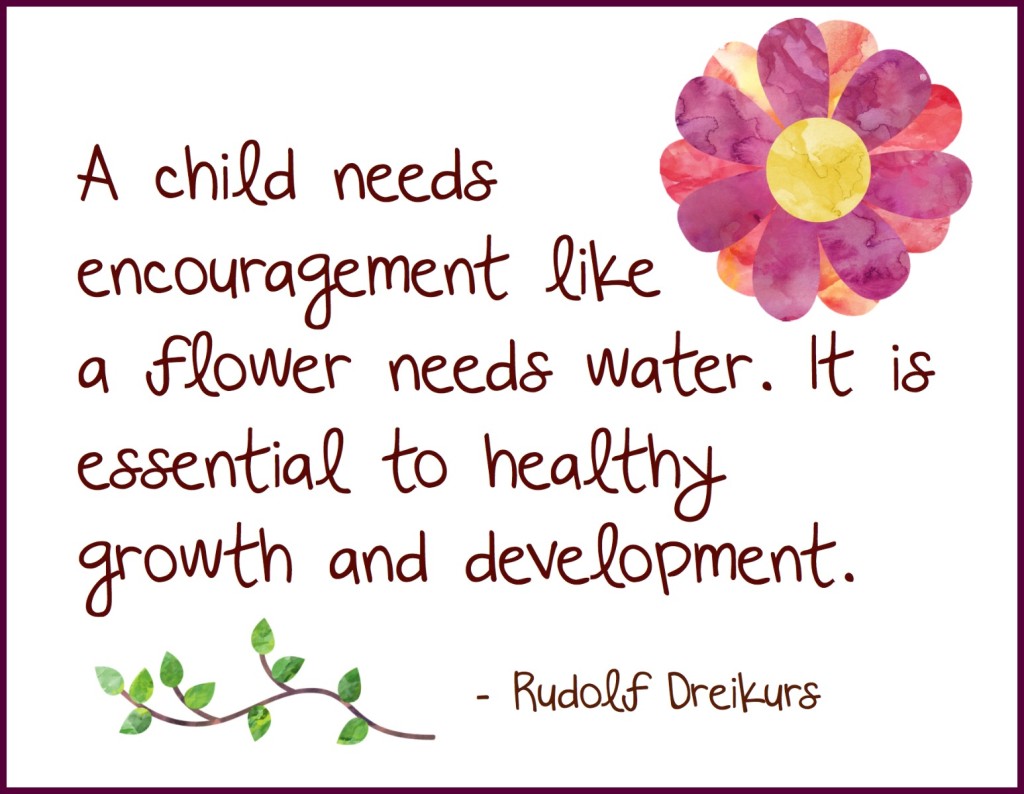
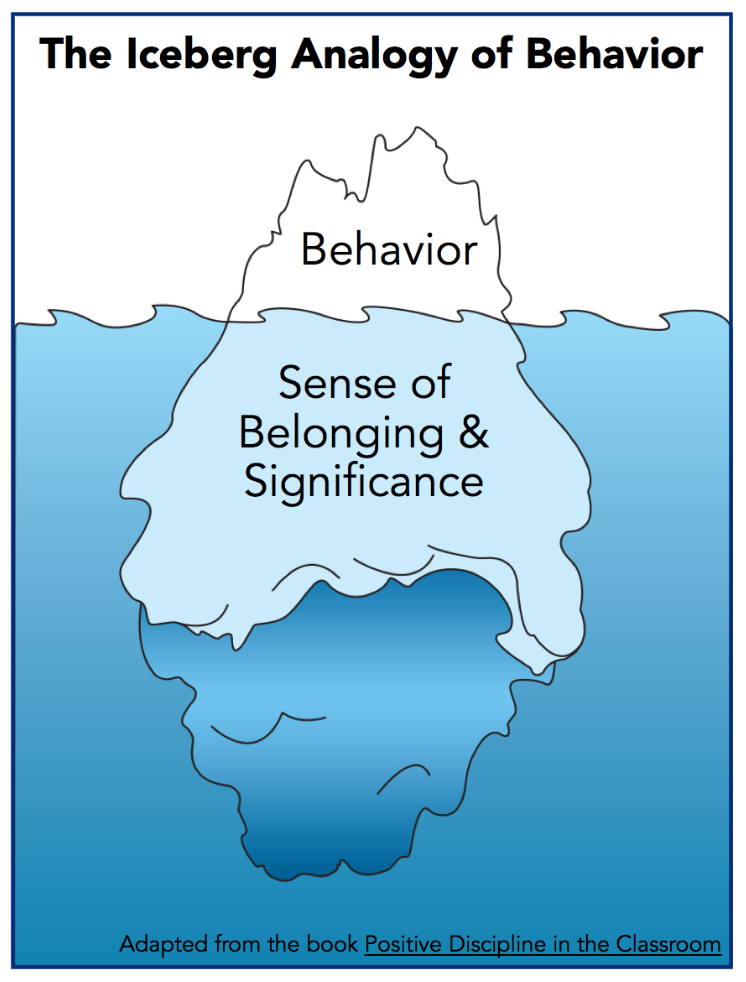

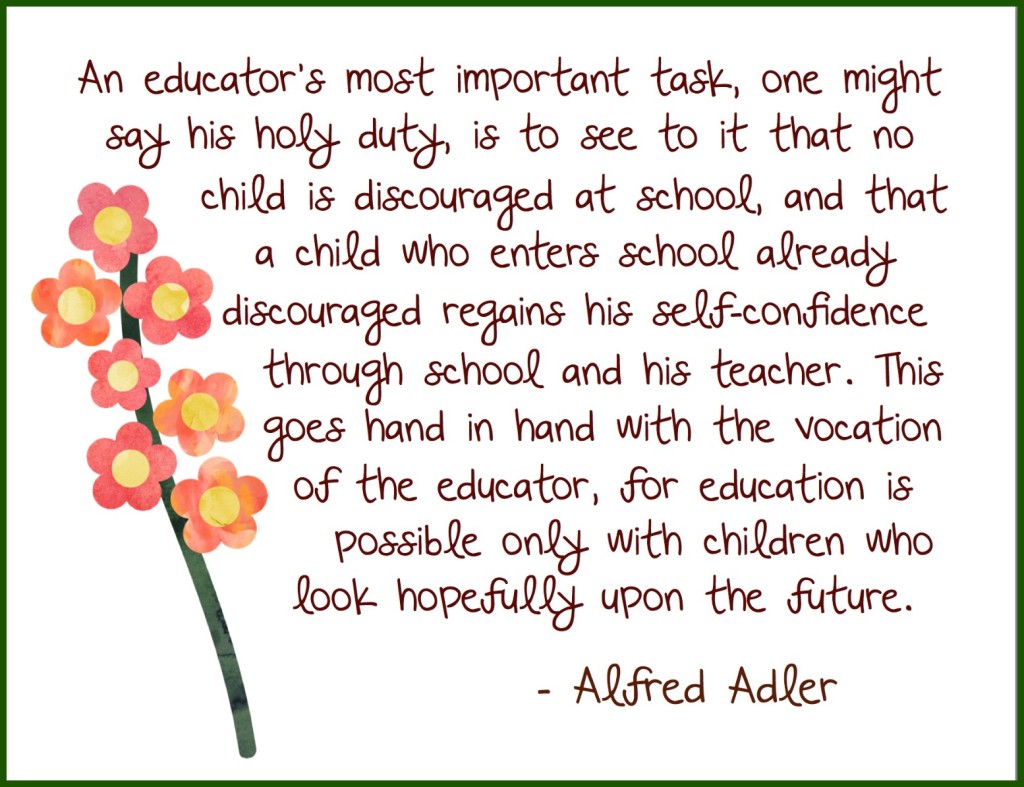
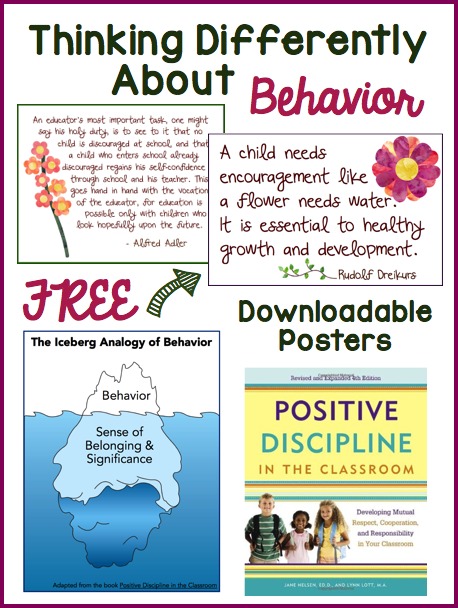



These are such great ideas to be thinking about as the summer comes to a close and the time for meeting our students gets closer! I’ll be printing out the posters to post at my desk as a reminder of my most important job as a teacher.